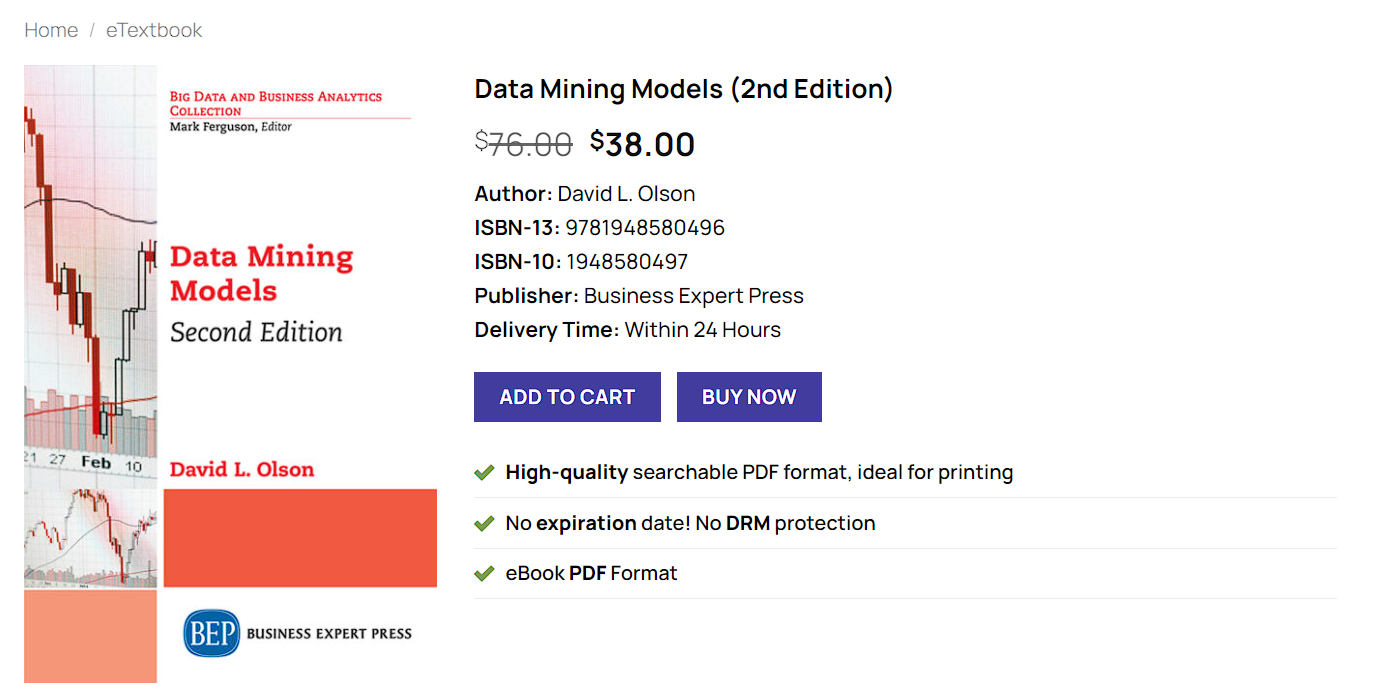Data Mining Models 2nd Edition, when it’s come to understanding and leveraging data, the field of data mining plays a crucial role. And one of the go-to resources for mastering data mining models is the second edition of “Data Mining Models.”
With this edition, readers are introduced to a comprehensive exploration of key concepts and principles that underpin data mining. The book offers a holistic approach to understanding the intricacies of data mining models and their applications in various industries.
Understanding Data Mining Models
Data mining models are powerful tools that help organizations extract valuable insights and patterns from large datasets. The second edition of “Data Mining Models” delves into the fundamental principles behind these models, providing readers with a solid foundation in this dynamic field.
The book covers a wide range of topics, including data preprocessing, classification, clustering, association rule mining, and more. Each concept is explained in a clear and concise manner, making it accessible even to those new to the subject.
Key Concepts and Principles Explored
One of the key concepts presented in the book is the importance of data preprocessing. Before applying any data mining model, it is crucial to clean and transform the data to ensure accurate and meaningful results. The book provides practical techniques and best practices for data preprocessing, equipping readers with the necessary skills to handle real-world datasets effectively.
Another important principle covered in the second edition is classification. Classification models are used to categorize data into predefined classes or groups. The book explains various classification algorithms, such as decision trees, Naive Bayes, and support vector machines, along with their strengths and limitations.
Furthermore, the book explores clustering, a technique used to group similar data points together. It introduces popular clustering algorithms, such as K-means and hierarchical clustering, and discusses their applications in different domains.
Association rule mining, which focuses on discovering interesting relationships between items in large datasets, is also extensively covered. The book illustrates how association rules can be applied in market basket analysis, recommendation systems, and more.
Overall, Data Mining Models 2nd Edition is a valuable resource for anyone looking to gain a deep understanding of data mining concepts and principles. With its clear explanations and practical examples, the book empowers readers to apply data mining models effectively in their respective fields.

